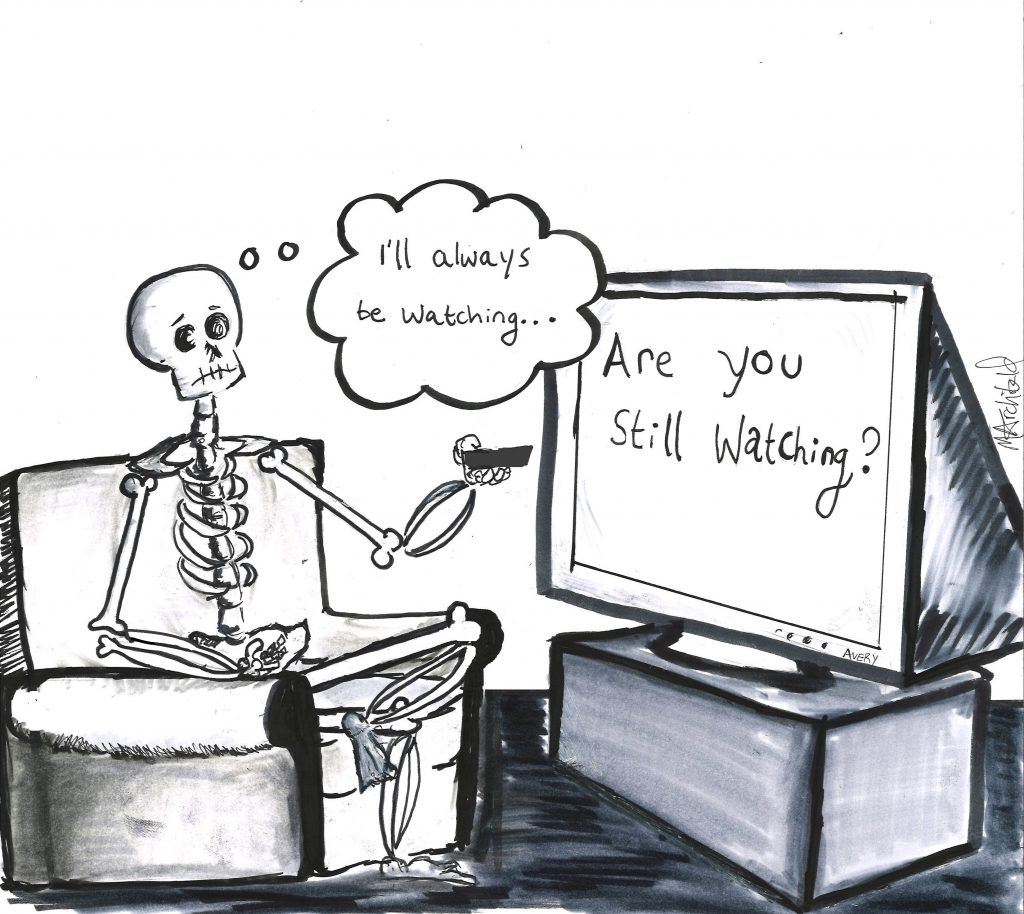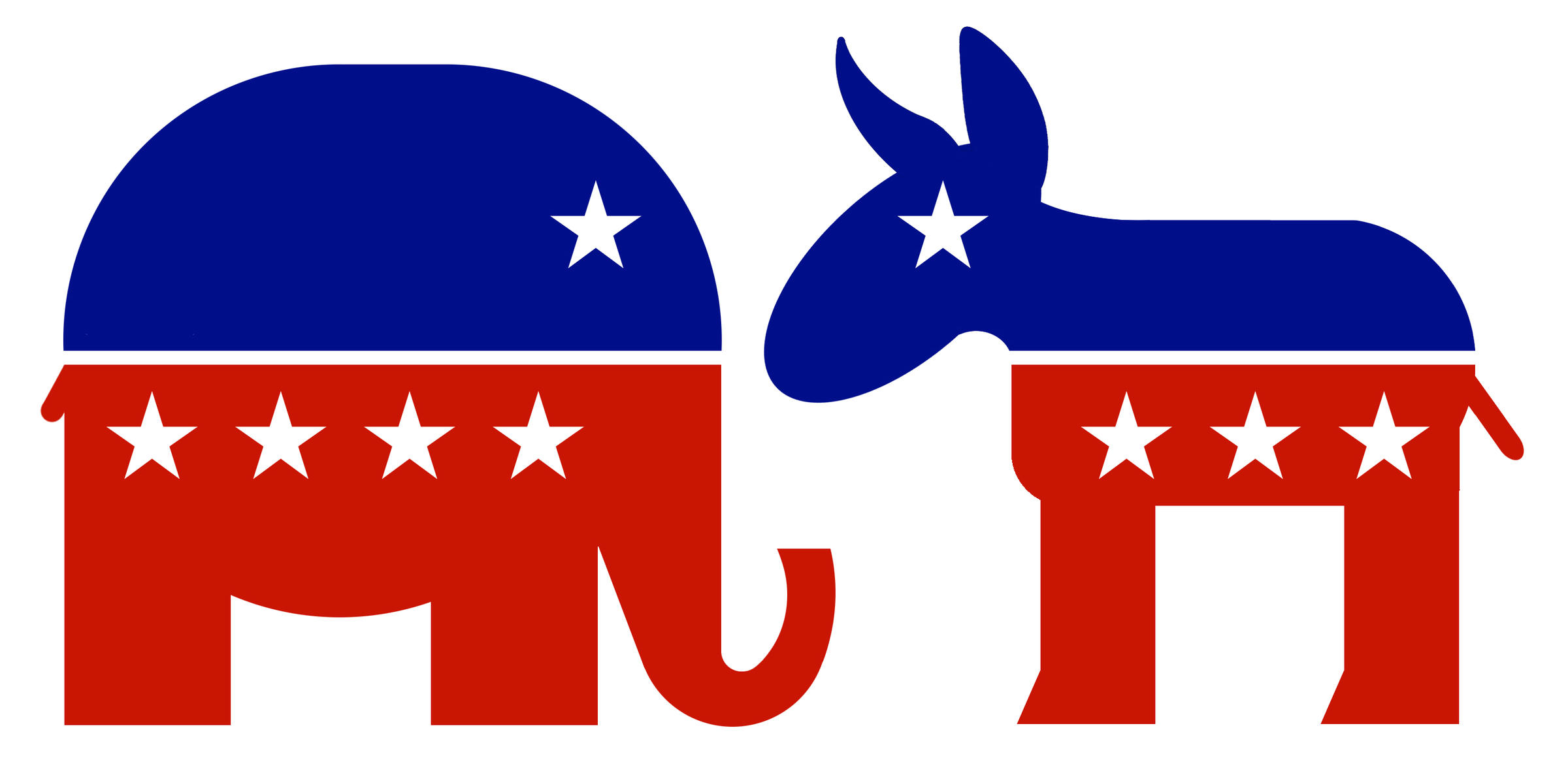The media composition has been continuously changing for decades with new technology emerging and incorporating itself into the previous media landscape. Currently, we are at an age where, more than ever, technology allows regular people to take part in the creation of media coverage, and exchange information rather than only passively receive it. Naturally, this means a change in every part of media coverage, including entertainment as well as political events. Chadwick (2017) discusses the evolvement of news cycle into information cycle in the recent decades, due to the “rolling” broadcast news coverage and “24-hour news cycle”. He explains how new technologies create new form of hybrid media that can affect political events instantly and constantly. He introduces the idea of an assemblage: a process or an event assembled of “multiple, loosely coupled individuals, groups, sites and temporal instances of interaction involving diverse yet highly interdependent news creators and media technologies that plug and unplug themselves from the news-making process” (Chadwick, 2017, p.74).
Chadwick describes how the new media hybridity changes the political news coverage as many different actors can now be a part of the information flow. Traditional media such as TV or newspapers are combined with emerging media such as social networks, which feature user-generated content. Chadwick argues, while discussing the “Bullygate” and Britain’s first ever prime ministerial debate on live TV, that in addition to press and broadcasters, many digital media actors have become a “real forces in the mediation of political life” (Chadwick, 2017, p.99). This supports his argument about assemblage and the fact that media have always been evolving as hybrids of old and new.
Nevertheless, Chadwick does not discuss one of the currently most popular shifts in media technology: online video streaming instead of regular TV watching. Binge-watching, a phenomenon of watching many episodes or TV shows in one sitting, is said to be unhealthy by a number of studies, causing depression, obesity, and other issues (Stone, 2018). But, does this new media play any role in political participation or democracy? Groshek and Krongard (2016) conducted a study to find whether or not different frequencies or different genres of online streaming have impact in online and offline political participation. Involvement in politics was measured by engaging in the following: campaign contributions or volunteering, subscribing to a political email list, writing blog posts, engaging with editors through writing letters or attending political activities. The authors found that people who stream TV more frequently are indeed more involved in online and offline politics, regardless of whether or not the content watched was political. In addition, online streamers who can actively select what they want to watch were found more politically active than broadcast TV streamers who simply passively receive what is currently on (Groshek & Krongrad, 2016).

De Zuniga and Liu (2017) discuss a different phenomenon of online streaming: second screening. Second screening means use of multiple technological devices at the same time, in this context to engage with media and political context. The authors study second screening for news and/or engaging in politics in regards to political behaviours using evidence from 20 countries. The authors found that young people are more likely to second screen than older people, and more intensive second screen users are more likely to express themselves on social media or participate in offline political activities. This finding is similar to the findings of Groshek and Krongrad (2016). However, Zuniga and Liu (2017) found no relationship between second screening and voting behaviour.
Thus, based on these studies online streaming and binge-watching does not negatively affect political participation. Others argue that watching traditional TV hampers democracy. Beatty (2007) discusses this issue, referring to Al Gore who suggests we cannot have both Television and Democracy. He claims that television creates ignorance and top-down flow of information makes democracy vulnerable and information imbalanced. Although Groshek and Krongard’s (2016) study indeed suggests that people who watch traditional TV are in fact less politically active than online streaming watchers, the statement that we cannot have both TV and democracy may be too strong. Yet, Shanahan and Morgan (2017) suggest a similar view to Al Gore, that television cultivates authoritarianism. The authors conducted a study, asking respondents to identify their preferred presidential candidate in the 2016 election, as well as questions about their TV viewing habits and authoritarian tendencies. The study focused on TV shows and regular programs, rather than news outlets. Shanahan and Morgan (2017) found that the heavier TV viewing, the more authoritarian tendencies, and the more authoritarian tendencies, the stronger leaning towards Trump as their preferred candidate. The authors argued that TV nurtures authoritarian mindset through portraying unrealistic representation of characters on popular TV shows, creating a vast difference between TV and reality. Shanahan and Morgan (2017) argue that TV watching can influence political opinions, with heavier viewing meaning more authoritarian tendencies.

Hence, is watching television hampering democracy? Based on the discussed studies, one could argue that there is a big difference between watching TV shows on traditional television and online streaming. The difference is between active and passive watching. People who watch online streaming videos are actively choosing what and when to watch, while traditional TV watchers passively view whatever is currently on. Thus, in online streaming, there is to some extend a two-way information flow, while TV watchers are simply receiving. Yet, going back to Chadwick, it would be foolish to blame television or online streaming services for political (in)activity. Today, we live in a hybrid media system with a number of players assembling it constantly. An although TV and online streaming may play a role in forming opinions or taking part in social and political issues, many other actors influence us every day in building our complete picture.
References:
Beatty, J. (2007, May 31). Television or Democracy? Retrieved from https://www.theatlantic.com/magazine/archive/2007/05/television-or-democracy/305996/
Chadwick, A. (2017). The hybrid media system: Politics and power. New York: Oxford university press. Chapter 4.
Groshek, J., & Krongard, S. (2016). Netflix and Engage? Implications for Streaming Television on Political Participation during the 2016 US Presidential Campaign. Social Sciences,5(4), 65. doi:10.3390/socsci5040065
Shanahan, J., Morgan, M., & Media School. (2018, September 20). How TV cultivates authoritarianism – and helped elect Trump. Retrieved from https://theconversation.com/how-tv-cultivates-authoritarianism-and-helped-elect-trump-78981
Stone Aug, C. (2018) How Unhealthy Is Binge Watching? Press Pause, and Read On | Reader’s Digest. Retrieved from https://www.rd.com/culture/binge-watching-unhealthy/
Zúñiga, H. G., & Liu, J. H. (2017). Second Screening Politics in the Social Media Sphere: Advancing Research on Dual Screen Use in Political Communication with Evidence from 20 Countries. Journal of Broadcasting & Electronic Media,61(2), 193-219. doi:10.1080/08838151.2017.1309420